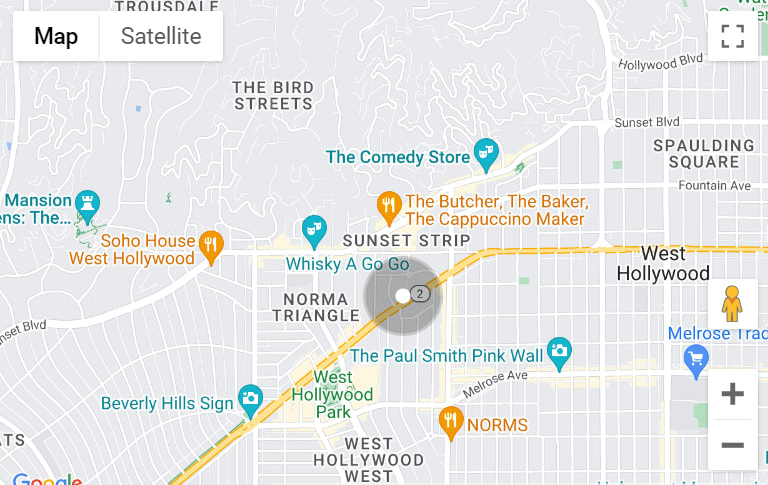
-
Compass
851 Madison Avenue
New York City, NY 10021
-
Stacey Froelich Team
|
What the Fed’s rate cut means for homebuyers and sellers
|
|
The Federal Reserve announced Wednesday that it will cut its benchmark interest rate by half a percentage point, a bigger-than-expected cut.
Mortgage rates already had fallen sharply over the past 11 months, going all the way from 8.01 percent in October 2023 to 6.20 percent as of September 18, according to Bankrate’s national survey of large lenders. The central bank’s policy shift could spur more activity in the housing market.
A drop in the cost of borrowing will help fuel more homebuyer demand, as will the increased inventory of homes available for sale. Falling rates will also bring more sellers into the market. An increase in both demand and supply this fall likely will lead to steady home prices in most local markets. The Federal Reserve and the housing market
Earlier in the inflationary cycle, the Fed had enacted increases of as much as three-quarters of a point. Now that inflation is down, that round of tightening is over.
Higher rates are challenging for both homebuyers, who have to cope with steeper monthly payments, and sellers, who experience less demand and lower offers for their homes. After hitting 8 percent last fall, mortgage rates have now fallen to their lowest point in two years.
“We do expect that if mortgage rates remain near these levels, it will support a stronger than typical fall housing market and suggest that next spring could see a real rebound in activity,” says Mike Fratantoni, chief economist at the Mortgage Bankers Association. How the Fed affects mortgage rates
The Federal Reserve does not set mortgage rates, and the central bank’s decisions don’t move mortgages as directly as they do other products, such as savings accounts and CD rates. Instead, mortgage rates tend to move in lockstep with 10-year Treasury yields. Still, the Fed’s policies do set the overall tone for mortgage rates. Lenders and investors closely watch the central bank, and the mortgage market’s attempts to interpret the Fed’s actions affect how much you pay for your home loan.
What happens to the housing market when interest rates rise?
In the long term, home prices and sales tend to be resilient to rising mortgage rates, housing economists say. That’s because individual life events that prompt a home purchase — the birth of a child, marriage, a job change — don’t always correspond conveniently with mortgage rate cycles.
History bears this out. In the 1980s, mortgage rates soared as high as 18 percent, yet Americans still bought homes. In the 1990s, rates of 8 to 9 percent were common, and Americans continued snapping up homes. During the housing bubble of 2004 to 2007, mortgage rates were high, yet prices soared.
So the current slowdown seems to be more of an overheated market’s return to normalcy. A continued decline in mortgage rates could create a new challenge, though: It will likely draw new buyers into the market, a surge that could further intensify the ongoing shortage of homes for sale. You can read more here.
The Fed rate cut is welcomed news to the real estate market. We are already seeing an influx of buyer demand to our properties. Finally it is an excellent time to be a buyer and a seller. Please reach out for a market update.
Warm regards, Stacey Froelich
|